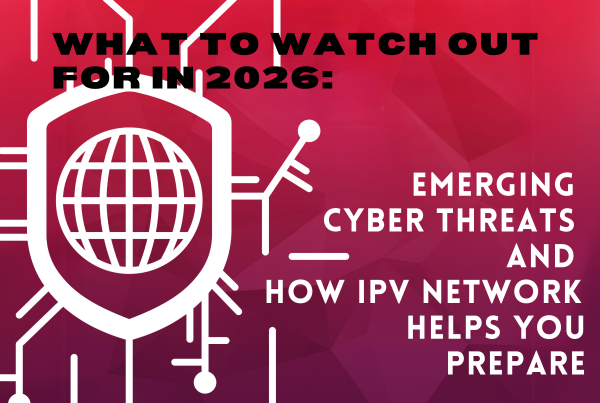Traditionally, online accounts require a username and a password to grant you access. However, this is no longer enough to keep your data safe nowadays. Usernames and passwords are easy to gain access to with advanced password-hacking tools and social engineering. Therefore, online services like banks, social media, and others require a second proof of identity or authentication.
What is Multifactor Authentication?
Multifactor Authentication, or MFA for short, is a security measure that requires users to respond to requests to validate their identities before they can gain access to the network or online applications. MFA requires users to provide added information or evidence of their identity— it may be a physical object, network connection, or an OTP.
Credentials alone can no longer suffice as a trusted identifier for users. Cyberattacks are more rampant and dangerous in recent years, increasing the potential for targeted resources to be compromised. According to Microsoft, MFA is 99.9% effective in preventing identity-based attacks. MFA provides that added layer of protection for users, making it incredibly difficult for attackers.
How does Multifactor Authentication Work?
As stated earlier, MFA adds an additional layer to the authentication process. The number of steps can vary according to the configuration and context. Here are three basic categories:
Something You Know
Password or any other memorable pieces of data is a basic example of this category. This includes personal background questions which only the user would know. These questions could be your mother’s middle name or who is your childhood best friend, questions that we’ve encountered while signing up for new emails, and such. However, this category is the least secure since both passwords and private information can be easily guessed or compromised.
Something You Have
This category involves physical entities like mobile phones, physical tokens, smart cards, or key fobs, making it much harder for attackers to gain access. These devices either act as a carrier for the verification step like a one-time password (OTP) or as the verifier itself like a physical token. Having said that, the latter is considered more secure since it requires less data exchange in the process.
Something You are
This, by far, is the most secure category since it includes physical identifiers like fingerprints, voice recognition, facial recognition, and other biometrics.
These categories combined greatly increase account security, making it a highly effective method to keep your network and data safe from the grasp of cybercriminals.
Pros and Cons
As we are all aware, passwords are just not as reliable as we think anymore. They are susceptible to compromises, which gives room for a more secure defense against potential breaches. As seen above, MFA requires users to prove their identity multiple ways to prove their identity to access their account which secures the users’ data. In a world where attacks and compromises are a daily struggle, MFA enables a stronger authentication solution for users all around.
However, many systems remain unprotected— not every system has an MFA set in place. Currently, MFA is designed to protect individual assets and is often difficult to deploy since they require agents, proxies, or complex integrations. Businesses are relying more and more on the cloud and devices to store data, making it almost impossible to protect them one by one.
Unified Identity Protection
We can all agree that MFA is a vital security step in protecting a network, system, and sensitive data. Our partner Silverfort offers a hassle-free solution with their Unified Identity Protection platform. This program helps agencies and enterprises address three main requirements:
- Establishing multi-factor, risk-based authentication, and conditional access across the enterprise
- Prioritizing resources for the adoption and use of cloud technology
- Developing a plan to implement Zero Trust Architecture
One of the main capabilities of this platform is to extend MFA to any system or resource, including those that couldn’t be protected until today. This allows enterprises to apply MFA to any system or resource across on-premise and cloud environments such as homegrown and legacy applications, IT infrastructure, file shares, and databases. Silverfort’s solution does not require any proxies, agents, or local configurations, adapting MFA to a system seamlessly. The platform continuously monitors all access – both human-to-machine and machine-to-machines— and leverages a cutting-edge AI-driven risk engine to calculate the risk associated with each request. Silverfort consolidates identity protection across all enterprise IAM platforms and prevents identity-based attacks in real-time. Silverfort enables organizations and institutions to use identity as their new perimeter, providing zero-trust security without modifying existing networks.
——
References:
Greenwald, Avner. “What Is Multi-Factor Authentication (MFA)?” Silverfort, 2 June 2021, www.silverfort.com/blog/what-is-multi-factor-authentication-mfa.
“What Is Multi-Factor Authentication?” Cisco, 2 Feb. 2021, www.cisco.com/c/en/us/products/security/what-is-multi-factor-authentication.html#%7Ebenefits.
“Why Multi-Factor Authentication (MFA) Is Important.” Okta, Inc., www.okta.com/identity-101/why-mfa-is-everywhere. Accessed 4 July 2021.


